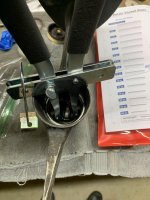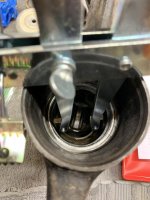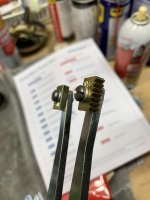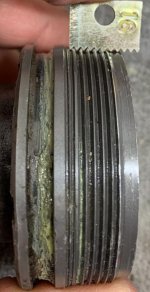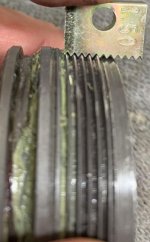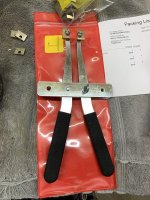I'm pretty sure the bearing carrier was never out on my 2002 2 stroke 15hp Mercury o/b. The carrier is finally out, but it looks like it left some of it's thread behind in the gearcase, likely due to either fatigue, the hear, corrosion, or all 3. Anyway the case is in good shape and there's a lot of meat in there, so I think I can just retap it carefully to accept the new carrier. The old carrier on has about 2 threads left on it.
Is there an actual mercury part you can buy, and if not, any suggestions, or known taps that are the right thread size and pitch? The motor's SN is 0T533347.
Any help, ideas, or tips are appreciated!
Thanks
Is there an actual mercury part you can buy, and if not, any suggestions, or known taps that are the right thread size and pitch? The motor's SN is 0T533347.
Any help, ideas, or tips are appreciated!
Thanks


